This year marks the 15th anniversary of Britain’s first ‘smart motorway’, a section of the westbound M42 near Birmingham. The Highways Agency’s term for the scheme was Active Traffic Management (ATM), because it employed technologies including a system called Motorway Incident Detection and Automatic Signalling (Midas) and strategies including part-time use of the hard shoulder as a live lane, with emergency areas to control the traffic.
More ATM motorways followed until, in 2013, the agency changed the name to smart motorway. Shortly afterwards, it closed some hard shoulders permanently, converting them to live or ‘running’ lanes.
In 2016, the Parliamentary Transport Select Committee criticised this move, saying: “[The Department for Transport] needs to demonstrate that all-lane running schemes do not make the road any less safe than the traditional motorway with a hard shoulder.”
Over the next four years, and with the number of fatalities on smart motorways approaching 40, public confidence fell so low that in October 2019 the government announced a review of them. In March 2020, it revealed its findings in a report called Smart Motorway Safety Evidence Stocktake and Action Plan.
In January 2021, David Urpeth, the coroner at the inquest of two men killed on a section of the M1 that had no hard shoulder, said: “I believe that smart motorways, as things currently stand, present an ongoing risk of future deaths.”
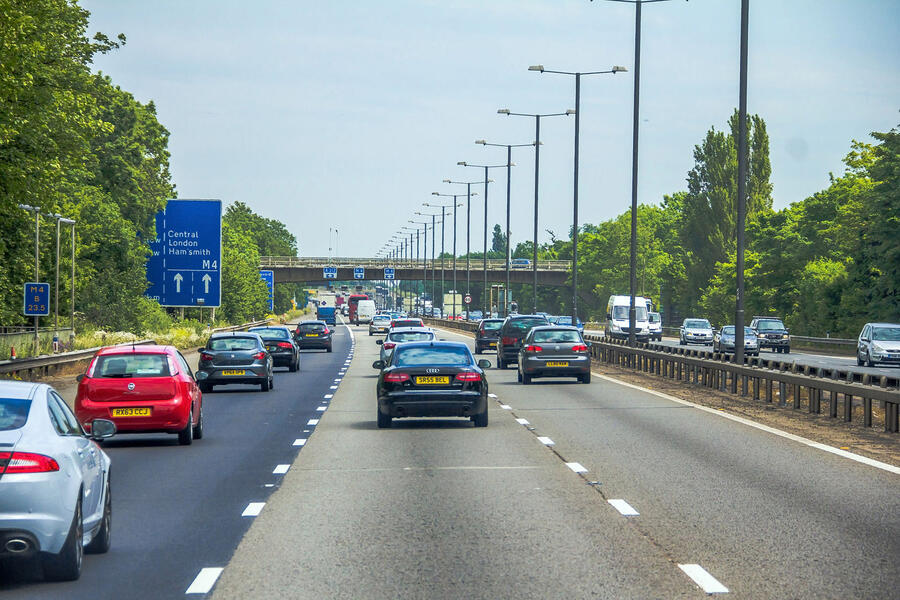
A month later, the Parliamentary Transport Committee launched an inquiry into the benefits and safety of smart motorways. And just this month, Highways England updated the government on what progress it had made implementing the findings of the stocktake. On 11 March, transport secretary Grant Shapps told Parliament that he would review and make public its contents in the near future. How did we get to this point? To answer that question, we first need to ask a few more.
What actually is a smart motorway?
Smart motorways employ sensors, signs and cameras to monitor and manage traffic. Some have a hard shoulder, but most don’t. There are 500 miles of smart motorway in the UK; most of these are in England and thus are managed by Highways England. They account for around 7% of the Strategic Road Network but carry 16% of its annual traffic.
There are three types of smart motorway. Controlled motorways are like traditional motorways, with a hard shoulder for emergencies, but with variable speed limits and active lane management signs added.
Dynamic hard shoulder running motorways have a hard shoulder that can be opened to traffic to increase capacity at busy times. However, the government says that they confuse motorists and therefore will be converted to all-lane-running (ALR) motorways by April 2025.
This third type of smart motorway has no hard shoulder whatsoever. In emergencies, vehicles must be driven – if possible – to an emergency refuge area, a large bay located to the left of the inside lane. More than 350 miles of motorway have already had their hard shoulders removed, making ALRs the most common type of smart motorway – as well as the most controversial.



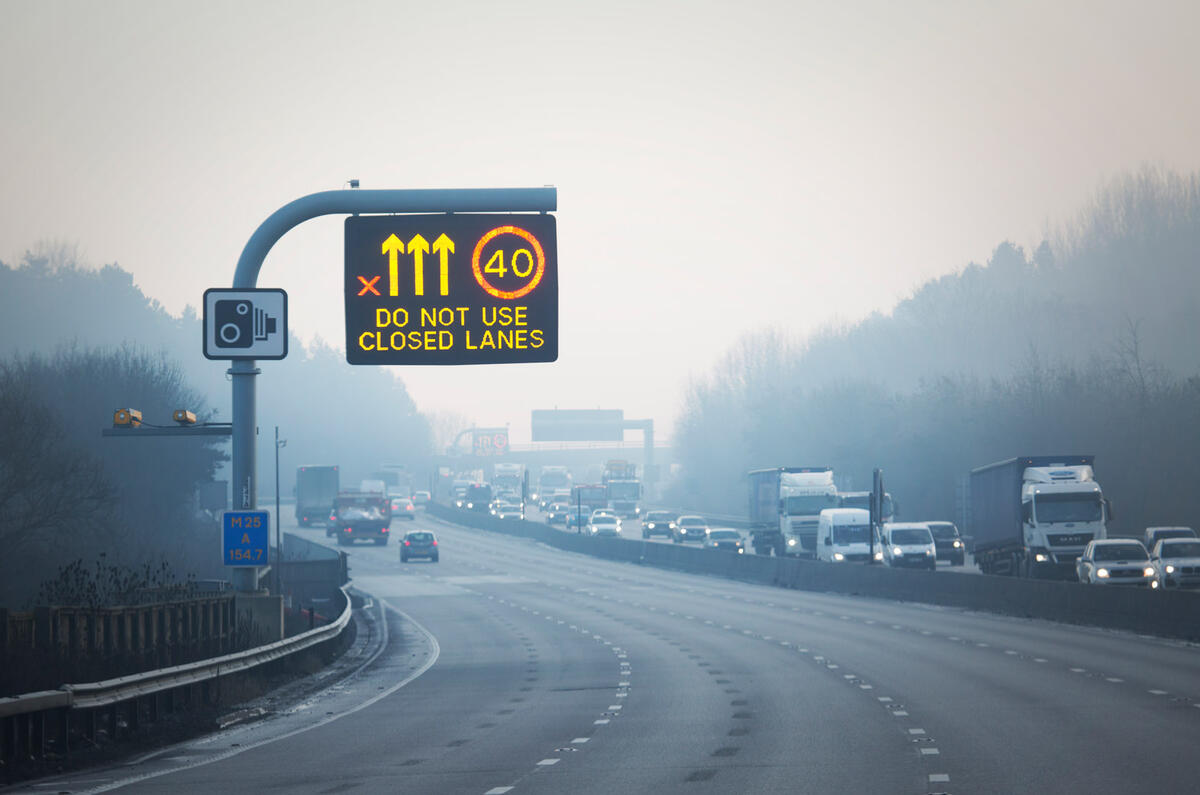

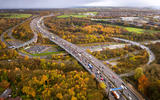
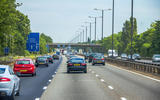
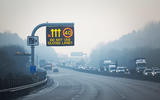

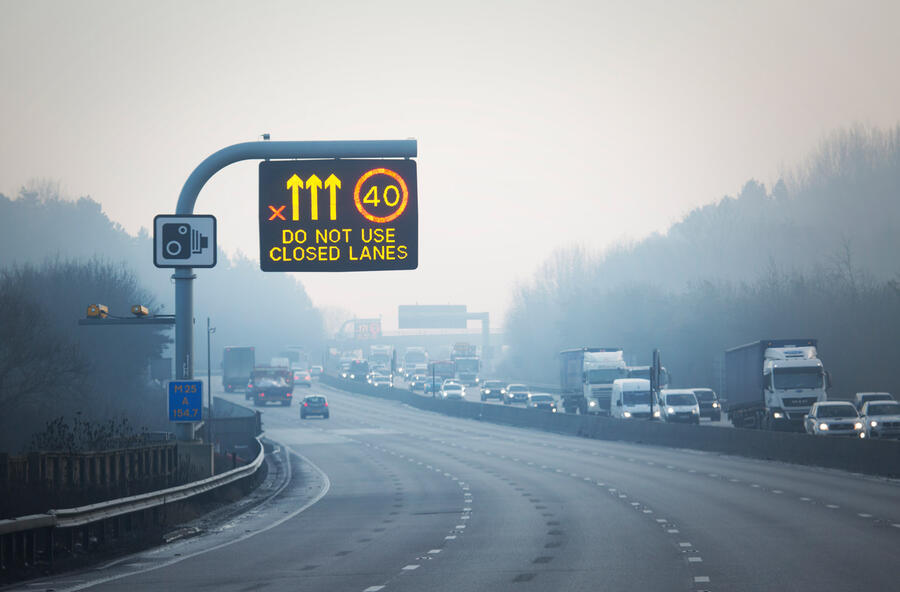
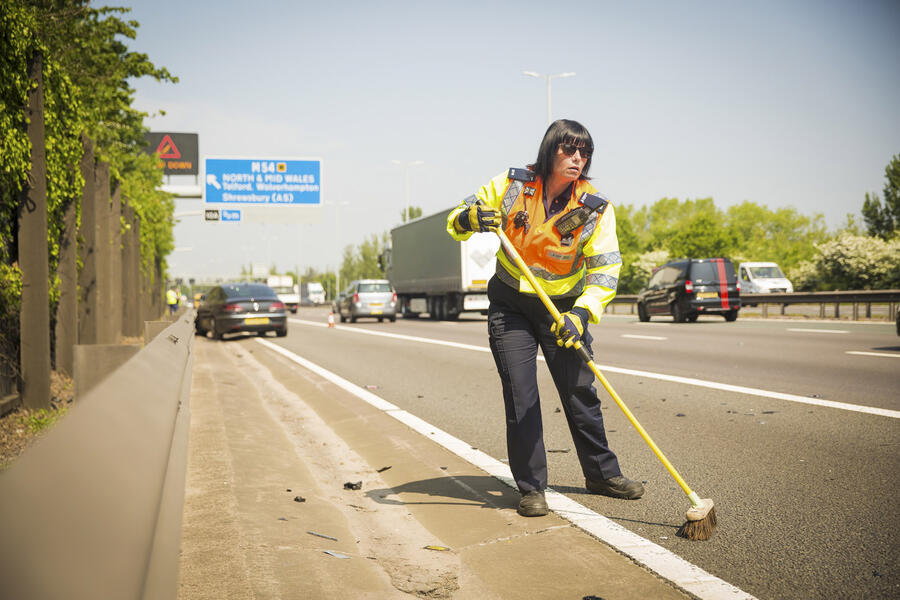

Add your comment